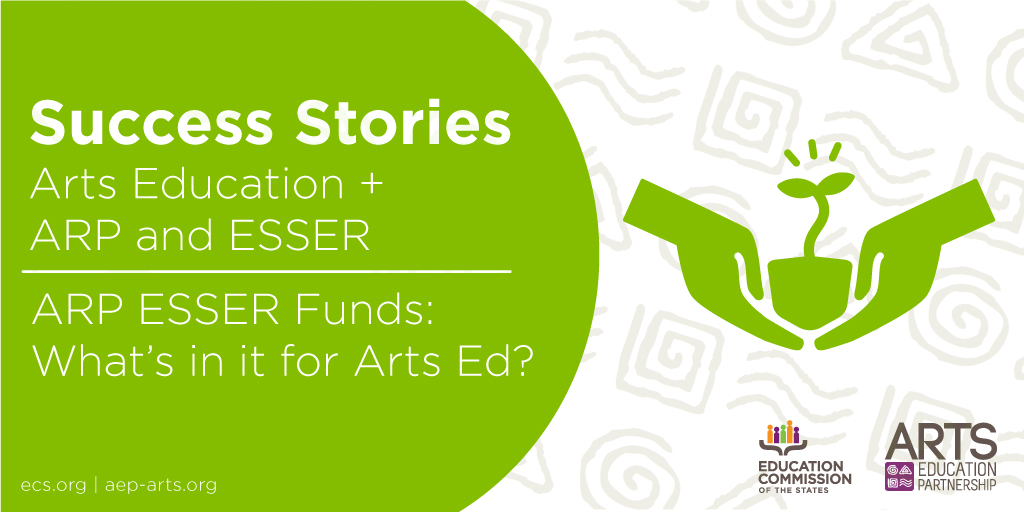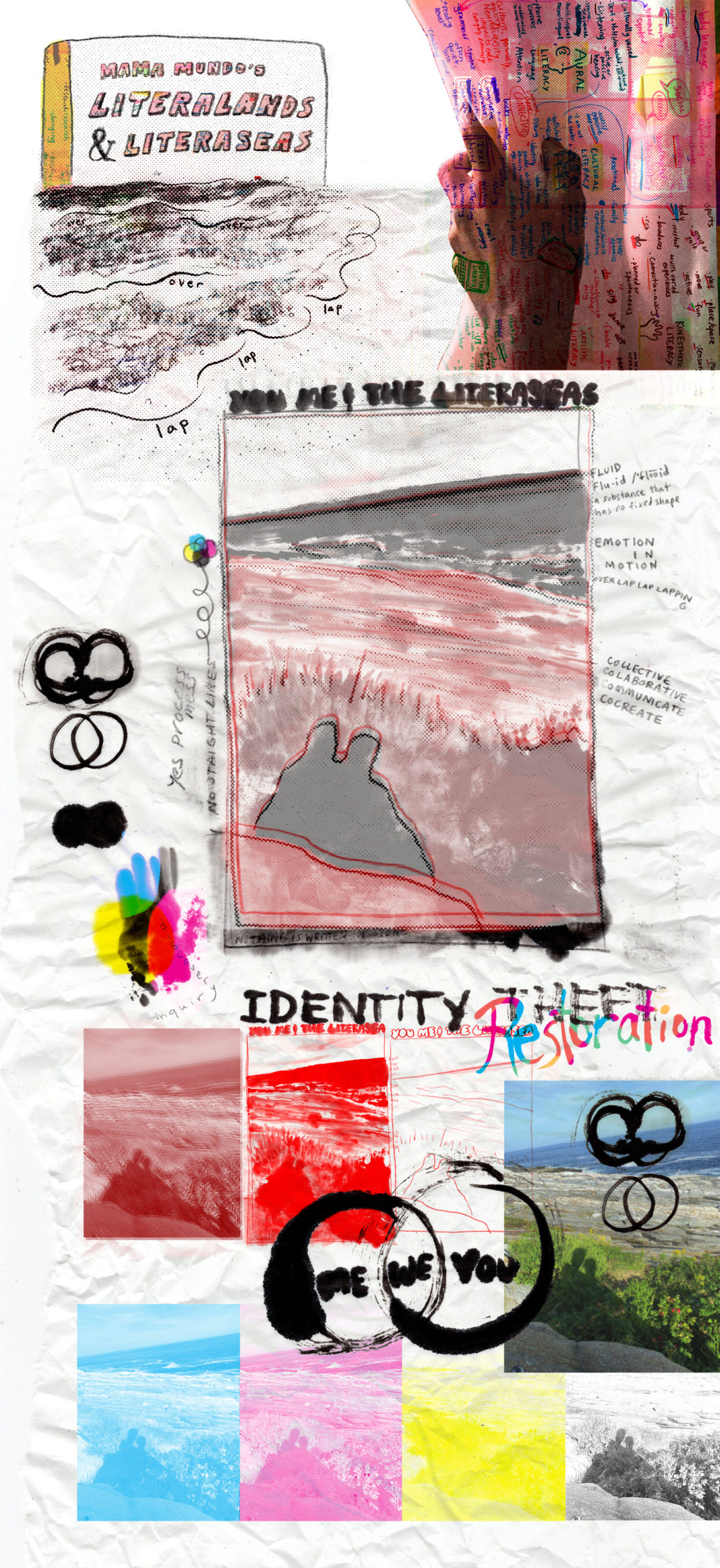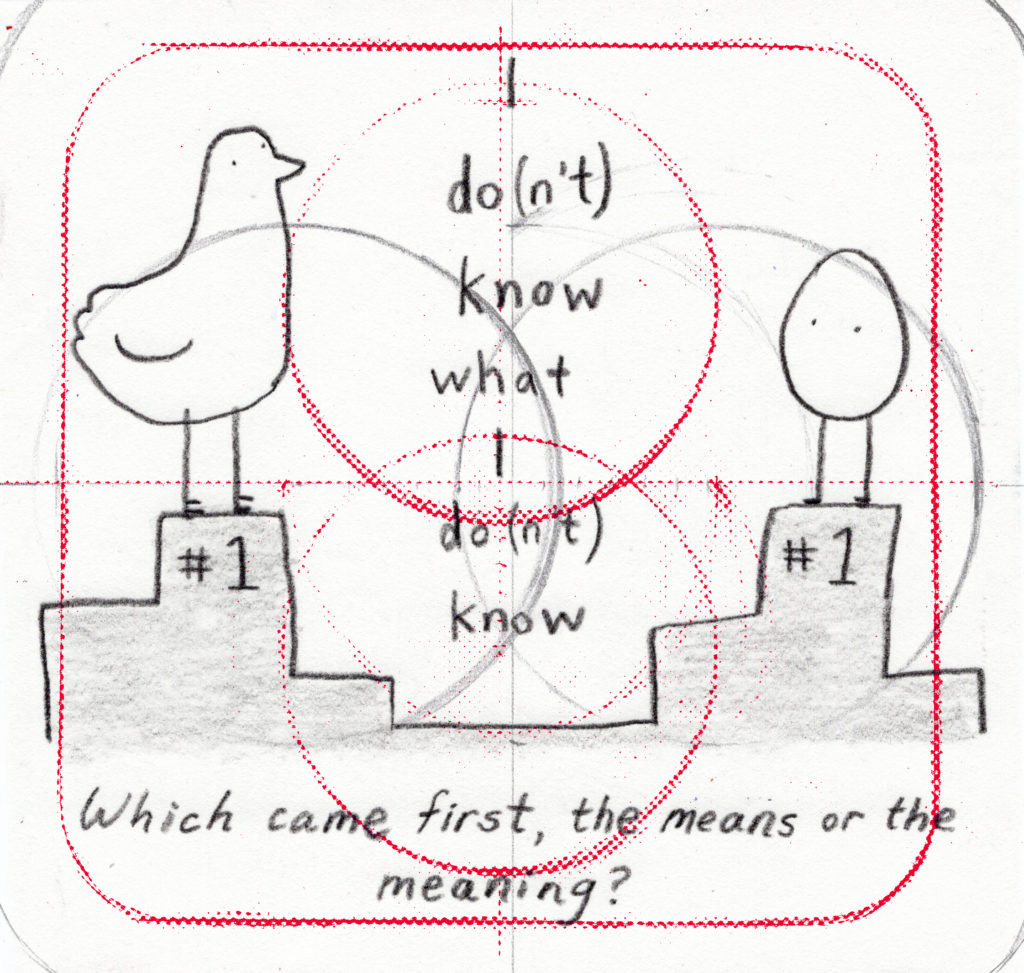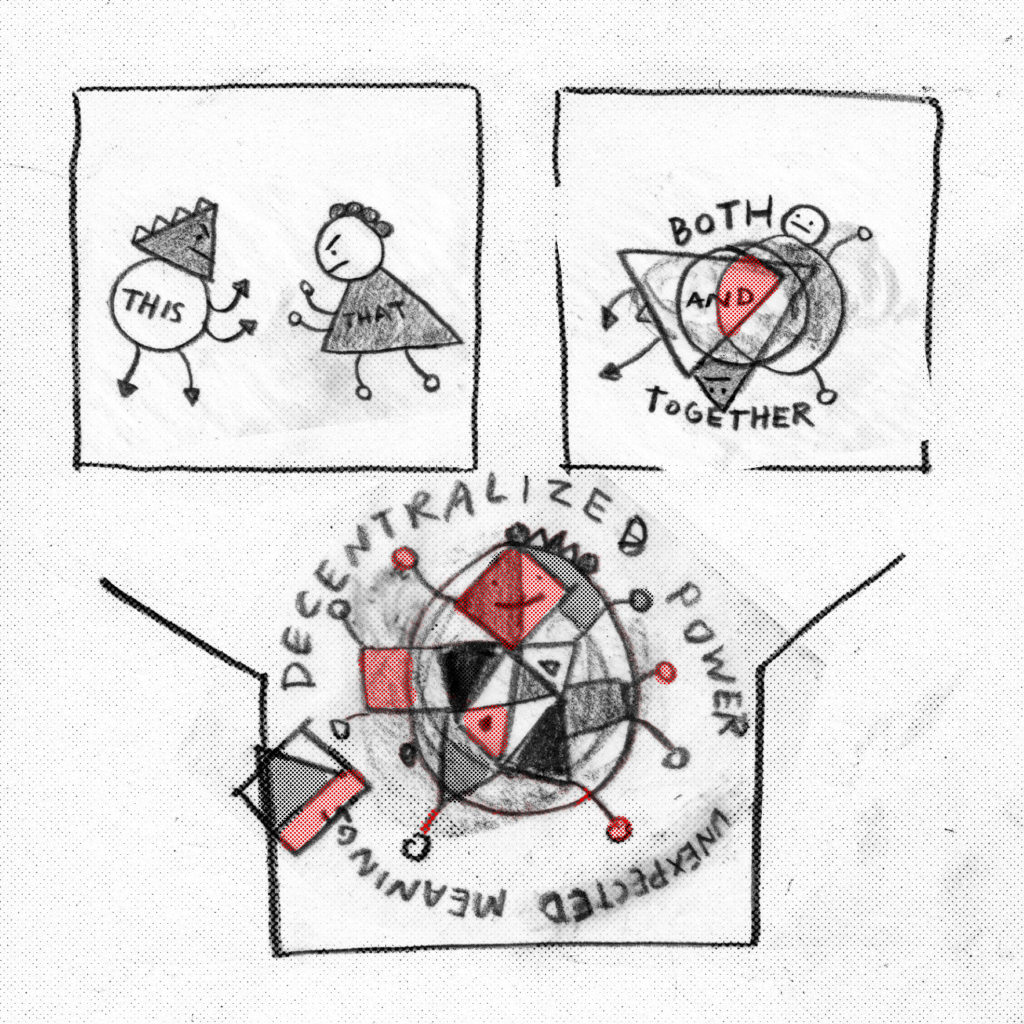ARP ESSER Funds: What’s in it for Arts Ed?

In March 2021, a year into the global Covid-19 pandemic, the American Rescue Plan (ARP) was signed into law to provide relief aid to entities across the United States. As part of this aid, $122 billion dollars — established as Elementary and Secondary School Emergency Relief (ESSER) funding — was designated to support pre-K through 12th-grade schools in every state. With this funding came opportunities to support students’ overall health and wellness through the arts and increase access to robust arts education programming.
Of the 52 state ARP ESSER plans approved by the U.S. Department of Education, 28 explicitly include the arts. Within the plans, the arts are primarily mentioned in two sections: summer and after-school programming and enrichment, and staffing and retention. Plans also include the arts in teacher training and professional development, creating and expanding programs, STEAM education, remote learning and others.
As states move from plan approval into implementation, school districts have started to assign dollar amounts to specific activities in their budgets. The Arts Education Partnership now has access to a school budget tracker compiled by data company Burbio. (Current ESSER funding data on Burbio is not publicly available.) While the tracker doesn’t contain budget information for every district in the country, it does include information for more than 6,000 school districts that represent more than $90 billion of ESSER funding allocation. Of the districts included in the tracker:
- 14 propose to spend more than 5% of their ESSER funds on arts education.
- An additional 51 propose to spend between 1 and 5% of their ESSER funds on arts education.
- 63 propose to use less than 1% for arts education, with an additional 80 identifying the arts as a category for spending without assigning a dollar amount.
According to Burbio’s data, approximately 3% of districts included in the tracker plan to use these federal funds to support arts learning. The districts expected to spend the highest percentage of ESSER funds on arts education include Upper Lake Unified School District (California) at 10.7% and Jefferson County Schools (Alabama) at 10.1%.
With work to provide new and expanded arts education opportunities underway, we are excited to share the stories behind the funding. Our new ‘Arts Education and ARP + ESSER Success Stories’ initiative highlights how arts organizations, schools, states and other entities across the country are using these federal funds to support and increase access to arts education through partnerships, programming, arts integration and more.
On Oct. 10, we launched the first story in this series which highlights how ESSER funds are helping to expand Arts Connect Houston’s existing partnership with the Houston Independent School District (HISD) and center arts education as a key priority for the district’s schools. Within the broader context of ESSER spending, Burbio’s data show that HISD has dedicated 5.2% of its relief funds to support arts education. In its largest contribution to the arts to date, HISD dedicated $22 million to support its fine arts department, which includes dance, music, theatre and visual arts. As part of this funding, Arts Connect Houston received an initial $735,000 which will help grow its Arts Action Fund and Creative Schools Institute and engage their organization in HISD’s RISE Transformation Schools Initiative that focuses on improving student experience and outcomes in schools that have been designated as the lowest performing.
As development and implementation of projects and programs made possible by ARP ESSER funds progress, AEP will continue to track how these dollars are shifting the landscape of arts education in schools. Stay tuned as we continue to share more in-depth success stories in the future that highlight how entities across the country are expanding arts opportunities for learners.
Interested in sharing how ARP funding is growing your work in supporting arts education for students? Contact Cassandra at cquillen@ecs.org to learn how you can get involved in this project.
More information on ARP ESSER funds can be found at:



